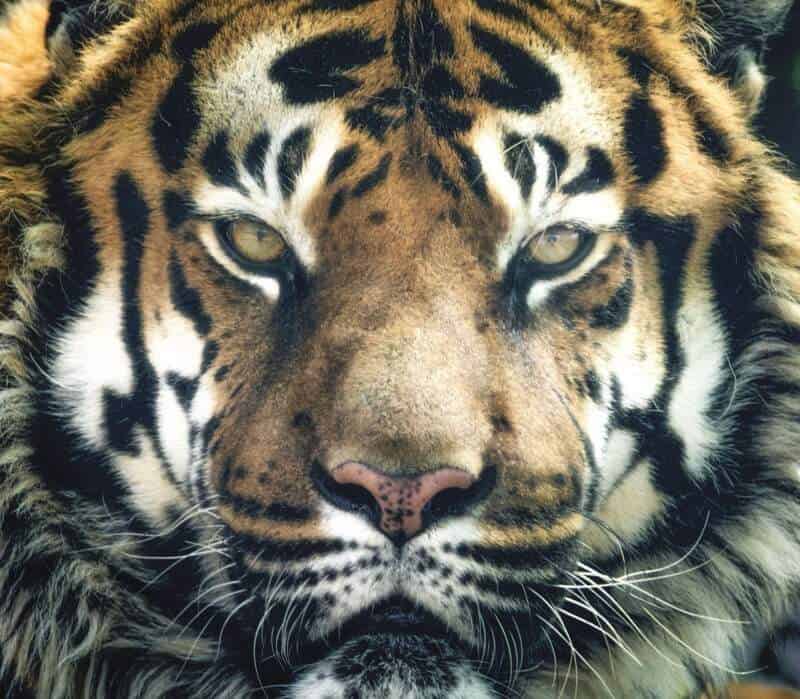An interview with Dr. Abhi jit Rabha, IFS who was the Principal Chief Conservator of Forest, Assam, narrated a story about his experience with a big cat. Let’s hear the story from him…
The Big Cat
” It was past seven, but the November morning sun was still low enough. The slanting rays of the pale and anemic Sun cast long shadows of the trees to the west. There were plenty of them. The solar rays found gaps to express themselves on the ground making a good riddle of lights and shades.
The Tigress was spotted quite early, in the midst of the Estate where the tea bushes thinned out due to lack of maintenance works. With her head propped up, she yawned at the lazy Sun. It was a Sunday anyway. There would soon be a bustling market nearby in an hour’s time.
The seriousness of the situation sank into our heads. The big cat was not at all in a belligerent mood. She looked well fed and the orange pelt with the black stripes, she looked quite like a happy lady. The tail swished from time to time.
Sensing our approach, she got up.
We noticed that her tail was up, and the ears were not flattened to the skull of hers. She was not, really, in a bad mood after all. She let out a low purring sound, almost grinning like the cat in Alice in Wonderland.’ Then, a grimace came over for a second.
The gap we left for her to escape came into use. In two or three graceful bounds, she loped off to the tall grasslands, not yet subjected to yearly control burning.

Bengal Tiger. Image by Ian Lindsay from Pixabay
We could hear her frustrated growls then. No reasons could be clear. As if the growls had pains behind them. We found that out in a week’s time. In a few moments all hell was let loose.
The herds of the Hog Deer ran helter-skelter, filling the calm morning with the alarm calls. The Lapwing started crying out. Some of the grassland birds started fluttering around.
I still remember the old male Hog Deer who did not care a damn about the entire business. With its short tail up, exposing the white underneath it, the individual concentrated licking the rest of the diminishing pile of the artificial salt lick we bought last year.
Slowly, we moved down to the range head quarter. We dismounted, as the Mahouts called their steed to be on Sum Baith, a command for the trained elephants to sit down on sternal recumbency.
So, we dismounted in a sprightly quick movement… that our forefathers of the year were adept in and we kept that up.
My stomach was growling. The early pangs of hunger were setting in. But, till 11:30 (12:00 IST) there would not be another bout of cooked rice with more accompaniments.
Manas National Park, at that time, had 14 fixed two way VHF radio fixed stations. Some remote localities were in contact a few times of the day over the WEBEL SXA Porto phone hand held sets. Being what a kind of miracle Manas is.
For those two watts of Tx (Transmission) power, the hand held sets could be heard from as far away as twenty kilometers! When Late Paramananda Lahan, IFS, was first posted to the Western Assam Wildlife Division which looked after the Manas Wildlife Sanctuary, he ingeniously fabricated the Wireless Masts with one local genius of a mechanic.
Without the interference of other masts, the low band VHF did pretty well those days. We, the next generation forest officers, are still in awe at the kind of inspiration and initiative Late Lahan showed in bringing and commissioning the radio network in the Wildlife areas first and then all over Assam.
My mind was cooking something up anyway. I called for Dr. Sibaji Baruah, our Vet Surgeon to conduct a close survey on this Big Cat on a Straying out Mission.”




